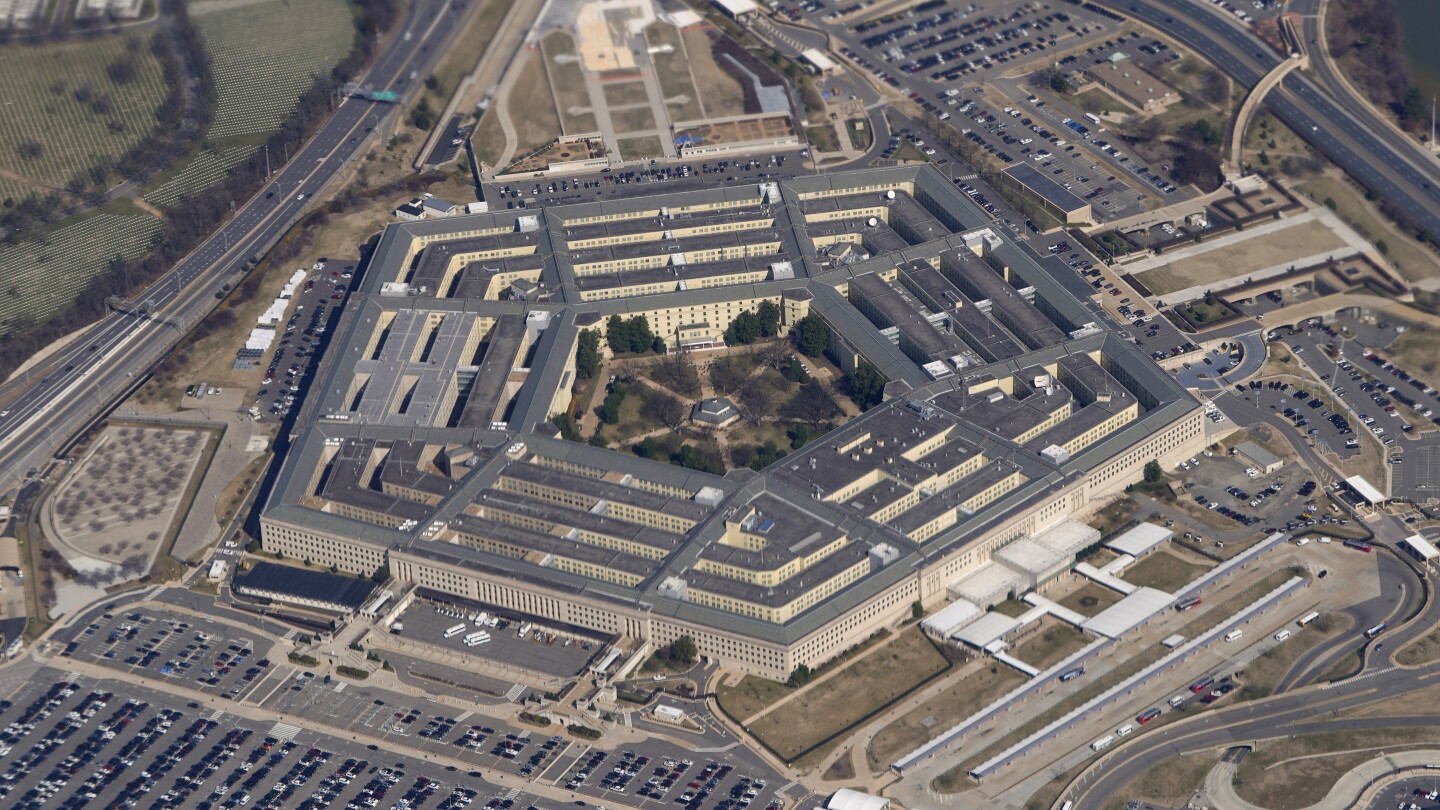WASHINGTON (AP) — The new Sentinel nuclear warhead program is 81% over budget and is now estimated to cost nearly $141 billion, but the Pentagon is moving forward with the program, saying that given the threats from China and Russia it does not have a choice.
The Northrop Grumman Sentinel program is the first major upgrade to the ground-based component of the nuclear triad in more than 60 years and will replace the aging Minuteman III intercontinental ballistic missile.
It involves not only building a new missile but the modernization of 450 silos across five states, their launch control centers, three nuclear missile bases and several other testing facilities.
The expansiveness of the program previously raised questions from government watchdogs as to whether the Pentagon could manage it all.
Military budget officials on Monday said when they set the program’s estimated costs their full knowledge of the modernization needed “was insufficient in hindsight to have a high-quality cost estimate,” Bill LaPlante, under secretary of defense for acquisition and sustainment, told reporters on a call.
The high cost overrun triggered what is known as a Nunn-McCurdy breach, which occurs if the cost of developing a new program increases by 25% or more. By statute, the under secretary of defense for acquisition then must **undertake a rigorous review of the program to determine if it should continue; otherwise the program must be terminated. **



Under the terms of the New START treaty, the US and Russia conduct inspections of each other’s nuclear weapons programs:
Both countries are intimately familiar the other’s weapons systems.
One minor clarification (that doesn’t invalidate your point). The inspectors don’t inspect the weapons, but instead the methods for delivery (called “seats”). It doesn’t matter how many warheads you have. It matters how many you can put close to your enemy. So the critical tracking is how many warheads you can deliver across all methods (bombs, ICBMs, Sub launched, etc).